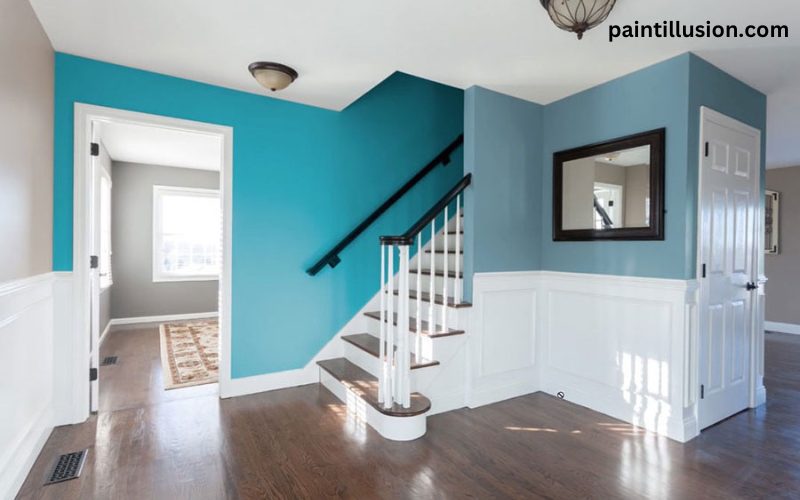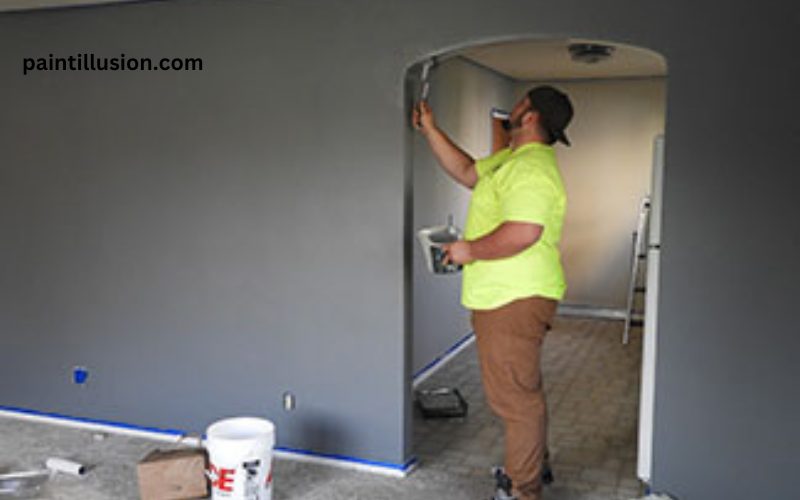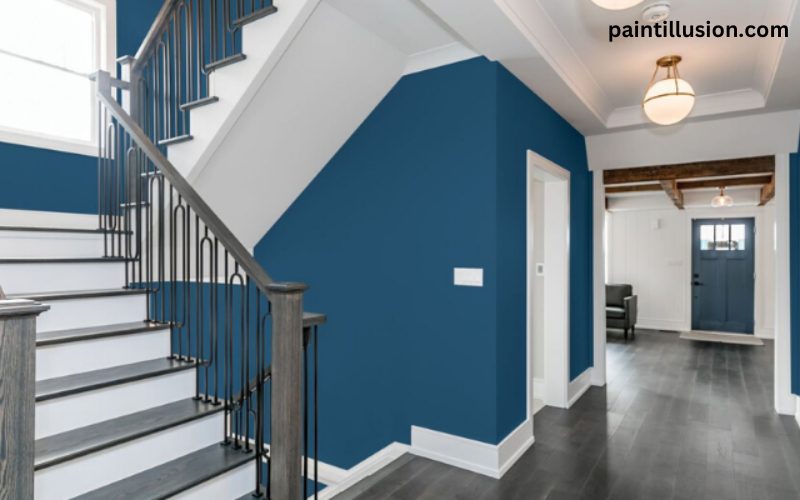As a homeowner, you may find yourself contemplating whether or not it’s possible to use exterior paint indoors. After all, you might have some leftover cans of exterior paint sitting in your garage, and it seems like a waste to let them go unused. However, before you start slapping that exterior paint on your interior walls, it’s important to understand the difference between exterior and interior paint, as well as the potential pros and cons of using exterior paint indoors.
Understanding the Difference Between Exterior and Interior Paint
Exterior paint and interior paint are specifically formulated for different purposes. Exterior paint is designed to withstand harsh weather conditions, such as rain, snow, and UV rays. It contains additives that protect against fading, cracking, and peeling. On the other hand, interior paint is formulated for use inside your home, where it is not exposed to the same elements as the exterior. Interior paint is typically easier to clean and has a lower odor compared to exterior paint.
Can Exterior Paint Be Used Indoors?
Yes, technically, you can use exterior paint indoors. Exterior paint can adhere to most surfaces, including interior walls. However, just because you can use exterior paint indoors doesn’t necessarily mean you should. There are several factors to consider before making the decision to use exterior paint for your indoor project.

Pros and Cons of Using Exterior Paint Indoors
Using exterior paint indoors has its advantages and disadvantages. One of the main benefits is its durability. Exterior paint is designed to withstand wear and tear, which means it can stand up to high traffic areas in your home. Additionally, exterior paint usually has a higher resin content, making it more resistant to stains and easier to clean. However, exterior paint tends to have a higher VOC (volatile organic compound) content compared to interior paint, which can result in a stronger odor and potentially harmful fumes.
Potential Health Risks of Using Exterior Paint Indoors
While exterior paint can be used indoors, it’s important to be aware of the potential health risks. The higher VOC content in exterior paint can contribute to poor indoor air quality, which may lead to respiratory issues, headaches, and other health problems. It’s especially important to take precautions if you have children, pets, or family members with respiratory conditions. If you do choose to use exterior paint indoors, make sure to properly ventilate the area and consider using a low-VOC or zero-VOC paint to minimize the health risks.
Alternatives to Using Exterior Paint Indoors
If you’re hesitant about using exterior paint indoors, there are alternatives to consider. One option is to purchase interior paint specifically formulated for the area you’re planning to paint. Interior paint comes in various finishes, such as matte, satin, and semi-gloss, allowing you to choose the right sheen for your project. Another alternative is to consult with a professional painter who can recommend the best paint for your specific needs. They can provide expert advice on the appropriate paint type, finish, and color for your indoor project.
How to Choose the Right Paint for Your Indoor Project
When selecting paint for your indoor project, there are a few key factors to consider. First, determine the type of surface you’ll be painting. Different surfaces may require different types of paint, such as latex or oil-based. Next, consider the finish you desire. Matte finishes are great for hiding imperfections, while glossier finishes provide a more durable and washable surface. Lastly, choose a color that complements your space and personal style. Consider obtaining color samples and testing them on your walls before committing to a full paint job.

Tips for Painting Indoors with Exterior Paint
If you decide to go ahead and use exterior paint indoors, there are some tips to keep in mind to ensure a successful project. First, make sure to properly prepare the surface by cleaning it and removing any loose or peeling paint. Next, consider applying a primer specifically formulated for the type of surface you’re painting. This will help the paint adhere better and provide a more even finish. Additionally, be mindful of the odor and fumes by ensuring proper ventilation and taking breaks in well-ventilated areas. Lastly, remember to apply multiple thin coats of paint rather than one thick coat for better coverage.
Common Misconceptions About Using Exterior Paint Indoors
There are a few common misconceptions when it comes to using exterior paint indoors. One misconception is that exterior paint is always more expensive than interior paint. While it’s true that some premium exterior paints can be pricier, there are affordable options available as well. Another misconception is that exterior paint will always have a glossy finish. In reality, exterior paint comes in a variety of finishes, just like interior paint. It’s important to consider the specific product and its finish before making assumptions.
Frequently Asked Questions About Using Exterior Paint Indoors
- Can I use exterior paint on my bathroom walls? While technically possible, it’s generally not recommended to use exterior paint in high-moisture areas like bathrooms. Moisture-resistant interior paint is a better choice for these spaces.
- What is the difference between exterior and interior primer? Exterior primer is formulated to provide better adhesion and protection against the elements. Interior primer is designed for indoor use and may not offer the same level of durability.
- Are there any benefits to using exterior paint indoors? Yes, the durability of exterior paint can be beneficial for high traffic areas. It’s also easier to clean and more resistant to stains compared to some interior paints.
Conclusion
In conclusion, while it is technically possible to use exterior paint indoors, it’s important to consider the pros and cons before making a decision. Exterior paint offers durability and resistance to wear and tear, but it also comes with a higher VOC content and potential health risks. If you do choose to use exterior paint indoors, take precautions to ensure proper ventilation and consider low-VOC options. Alternatively, explore interior paint options specifically formulated for your indoor project. By understanding the difference between exterior and interior paint and making an informed decision, you can achieve a successful and safe paint job for your home.

